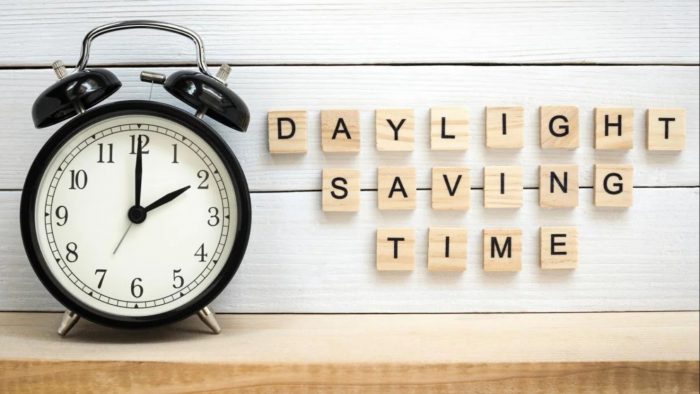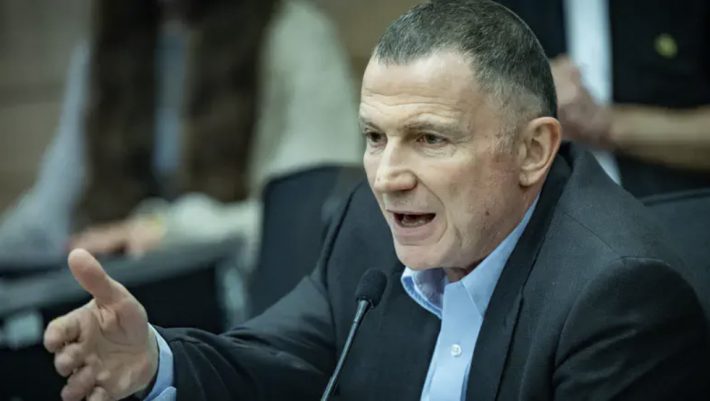As daylight saving time ends this weekend, a divided America — from sleep experts to lawmakers — debates whether to stop changing the clocks forever, with President Trump throwing support behind permanent daylight time.
This weekend, Americans will once again “fall back” as daylight saving time (DST) officially ends — setting clocks back one hour at 2 a.m. on Sunday, November 2. But as millions gain an extra hour of sleep, the annual ritual has reignited a long-running national argument: Should the U.S. keep changing its clocks at all?
The tradition, dating back over a century to World War I, was designed to conserve energy and maximize daylight hours. Yet in today’s world of round-the-clock electricity, digital calendars, and 24/7 lifestyles, many argue it’s an outdated practice causing more confusion than benefit.
A recent AP–NORC poll reveals that nearly half of Americans (47%) oppose the twice-a-year clock change. Another 56% favor permanent daylight saving time, craving more sunlight in the evenings — while 42% prefer permanent standard time, aligned with the body’s natural rhythms. Only 12% want to keep switching.
The American Academy of Sleep Medicine weighed in firmly, saying permanent standard time would better support human circadian health and reduce fatigue-related accidents.
“The U.S. should eliminate seasonal time changes,” the Academy urged. “Year-round standard time aligns best with human biology and public safety.”
The Push to End the Clock Chaos
The movement to end the time-shifting cycle has gained bipartisan traction in Congress. The Sunshine Protection Act, led by Florida Republicans Sen. Rick Scott and Rep. Vern Buchanan, aims to make daylight saving time permanent nationwide.
The Senate unanimously approved a version of the bill in 2022, but it stalled in the House. Reintroduced again this year, it remains tied up in committee.
Scott, who also signed Florida’s own “permanent daylight time” law in 2018 as governor, blasted the current system:
“It’s an unnecessary, decades-old practice — more of an annoyance than a benefit to families,” he said.
Trump’s Changing Clocks — and Mind
President Donald J. Trump has shifted his stance over time — but recently, he’s made his position crystal clear.
Initially calling the issue “50-50,” Trump later took to social media in April to back permanent daylight saving time:
“The House and Senate should push hard for more daylight at the end of a day. Very popular — and no more changing of the clocks. A big inconvenience and, for our government, A VERY COSTLY EVENT!!!” he wrote.
Trump’s endorsement adds fresh momentum to a bipartisan cause that unites both rural and urban America — from farmers tired of seasonal disruption to parents struggling with groggy children each March and November.
For now, the ritual continues. Americans will enjoy brighter mornings and earlier sunsets, while awaiting Congress to finally “lock the clock.” If no changes occur, daylight saving time will return on March 8, 2026 — and the great debate will begin anew.
Until then, as the old saying goes: “Spring forward, fall back — but don’t fall asleep on reform.”This weekend, Americans will once again “fall back” as daylight saving time (DST) officially ends — setting clocks back one hour at 2 a.m. on Sunday, November 2. But as millions gain an extra hour of sleep, the annual ritual has reignited a long-running national argument: Should the U.S. keep changing its clocks at all?
The tradition, dating back over a century to World War I, was designed to conserve energy and maximize daylight hours. Yet in today’s world of round-the-clock electricity, digital calendars, and 24/7 lifestyles, many argue it’s an outdated practice causing more confusion than benefit.
A recent AP–NORC poll reveals that nearly half of Americans (47%) oppose the twice-a-year clock change. Another 56% favor permanent daylight saving time, craving more sunlight in the evenings — while 42% prefer permanent standard time, aligned with the body’s natural rhythms. Only 12% want to keep switching.
The American Academy of Sleep Medicine weighed in firmly, saying permanent standard time would better support human circadian health and reduce fatigue-related accidents.
“The U.S. should eliminate seasonal time changes,” the Academy urged. “Year-round standard time aligns best with human biology and public safety.”
The Push to End the Clock Chaos
The movement to end the time-shifting cycle has gained bipartisan traction in Congress. The Sunshine Protection Act, led by Florida Republicans Sen. Rick Scott and Rep. Vern Buchanan, aims to make daylight saving time permanent nationwide.
The Senate unanimously approved a version of the bill in 2022, but it stalled in the House. Reintroduced again this year, it remains tied up in committee.
Scott, who also signed Florida’s own “permanent daylight time” law in 2018 as governor, blasted the current system:
“It’s an unnecessary, decades-old practice — more of an annoyance than a benefit to families,” he said.
Trump’s Changing Clocks — and Mind
President Donald J. Trump has shifted his stance over time — but recently, he’s made his position crystal clear.
Initially calling the issue “50-50,” Trump later took to social media in April to back permanent daylight saving time:
“The House and Senate should push hard for more daylight at the end of a day. Very popular — and no more changing of the clocks. A big inconvenience and, for our government, A VERY COSTLY EVENT!!!” he wrote.
Trump’s endorsement adds fresh momentum to a bipartisan cause that unites both rural and urban America — from farmers tired of seasonal disruption to parents struggling with groggy children each March and November.
For now, the ritual continues. Americans will enjoy brighter mornings and earlier sunsets, while awaiting Congress to finally “lock the clock.” If no changes occur, daylight saving time will return on March 8, 2026 — and the great debate will begin anew.
Until then, as the old saying goes: “Spring forward, fall back — but don’t fall asleep on reform.”





